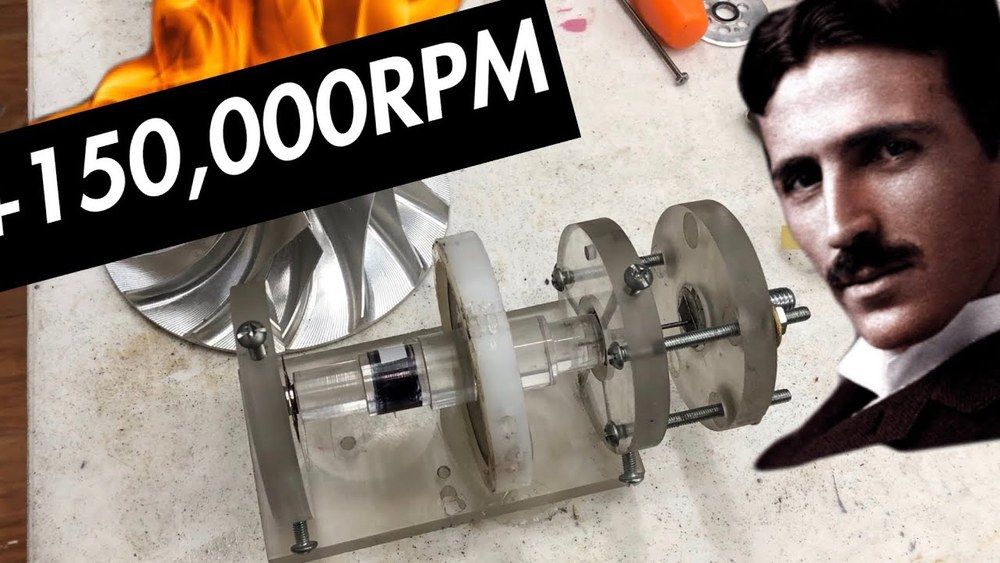Jul 17, 2020
White Castle is testing a burger-grilling robot named Flippy
Posted by Omuterema Akhahenda in categories: food, robotics/AI
White Castle is introducing a burger-grilling robot — and it might flip the entire restaurant industry.
White Castle is introducing a burger-grilling robot — and it might flip the entire restaurant industry.
(CNN) — Scientists have discovered a type of bacteria that eats and gets its calories from metal, after suspecting they exist for more than a hundred years but never proving it.
Now microbiologists from the California Institute of Technology (or Caltech) accidentally discovered the bacteria after performing unrelated experiments using a chalk-like type of manganese, a commonly found chemical element.
(CNN)Scientists have discovered a type of bacteria that eats and gets its calories from metal, after suspecting they exist for more than a hundred years but never proving it.
Animals have an innate preference for certain scents and tastes. Attractive scents are linked to things like good food. Less attractive scents—that of spoiled food, for example—instinctively give the animal a signal which says: “There could be danger here!” When it comes to taste, all animals have similar preferences: Sugars and fats are perceived positively, whereas a bitter taste is perceived rather negatively.
In order to be able to make such evaluations, we need signals in the brain that tell us “This is good” or “This is bad.” The dopaminergic system in the brain, better known as the reward system, plays an important role in these evaluations.
Researchers from the Max Delbrück Center for Molecular Medicine have developed a new tool that makes it easier to maximize the power of deep learning for studying genomics. They describe the new approach, Janggu, in the journal Nature Communications.
Imagine that before you could make dinner, you first had to rebuild the kitchen, specifically designed for each recipe. You’d spend way more time on preparation, than actually cooking. For computational biologists, it’s been a similar time-consuming process for analyzing genomics data. Before they can even begin their analysis, they spend a lot of valuable time formatting and preparing huge data sets to feed into deep learning models.
To streamline this process, researchers from MDC developed a universal programming tool that converts a wide variety of genomics data into the required format for analysis by deep learning models. “Before, you ended up wasting a lot of time on the technical aspect, rather than focusing on the biological question you were trying to answer,” says Dr. Wolfgang Kopp, a scientist in the Bioinformatics and Omics Data Science research group at MDC’s Berlin Institute of Medical Systems Biology (BIMSB), and first author of the paper. “With Janggu, we are aiming to relieve some of that technical burden and make it accessible to as many people as possible.”

Had some spare time today so this is what I built. A #Tesla #turbine #levitating on #neodymium #magnets
Check out these other videos of the awesome stuff I’ve been working on.
Continue reading “Tesla turbine spinning way past 100,000 RPM!” »
Cardiff University scientists have devised a new way of making reactions up to 70 times faster by using state-of-the-art equipment to spin chemicals around.
They found that efficient mixing within a chemical reaction could be achieved by spinning chemicals and catalysts around in a small tube, causing the reactions to happen much quicker.
The new findings could have a profound influence on the way that chemicals are made in a wide variety of industries, from drug development to agriculture and fragrances.
Synthetic self-fuelled motors, which can spontaneously convert chemical energy into mechanical activity to induce autonomous locomotion, are excellent candidates for making self-powered machines, detectors/sensors, and novel robots. The present lab (Zhang et al. in Adv Mater 27:2648–2655, 2004 [1]). discovered an extraordinary self-propulsion mechanism of synthetic motors based on liquid metal objects. Such motors could swim in a circular Petri dish or different structured channels containing aqueous solution with a pretty high velocity on the order of centimeters per second, and surprisingly long lifetime lasting for more than one hour without any assistance of external energy. The soft material liquid metal enables the motors to self-deform, which makes them highly adaptable for accomplishing tough missions in special environment. Interestingly, the motors work just like biomimetic mollusk since they closely resemble the nature by “eating” aluminum as “food”, and can change shape by closely conforming to the geometrical space it voyages in. From practical aspect, one can thus develop a self-powered pump based on the actuation of the liquid metal enabled motor. Further, such pump can also be conceived to work as a cooler. Apart from different geometrical channels, several dominating factors, including the volume of the motor, the amount of aluminum, the property of the solution and the material of the substrate etc., have been disclosed to influence the performance of the autonomous locomotion evidently. This artificial mollusk system suggests an exciting platform for molding the liquid metal science to fundamentally advance the field of self-driven soft machine design, microfluidic systems, and eventually lead to the envisioned dynamically reconfigurable intelligent soft robots in the near future. In this chapter, the typical behaviors and fundamental phenomena of the self fuelled transformable liquid metal machines were illustrated.

There you are wrist deep into a quart of Ben & Jerry’s Chunky Monkey, digging ever deeper. You can’t deny it. Your necklace is recording the ice-cream binge, which it will later dispatch to a coach or dietician.
The aim is not to induce guilt but rather answer the question: “How did you get here?”
Continue reading “Smart necklace will know you binged on Chunky Monkey” »
Some animals need to eat every day to survive, but not these incredible creatures! Thanks to certain abilities, these animals can go days, weeks, months, and even years without a meal…
Charles Goulding and Ryan Donley of R&D Tax Savers discuss 3D printing as it impacts chocolateering.
Chocolate has been around for millennia now, dating as far back as early 1750 B.C., presumably in the area of the Gulf Coast of Vera Cruz where cocoa beverages or chocolate drinks were used in ceremonies by pre-Olmec peoples. Evidence suggests cacao pods may have even been used in alcoholic beverages as early as 1400 B.C. Today, the cacao bean has evolved to encompass a $50 billion chocolate industry worldwide that consists of edible chocolate confections being brought to mass markets.